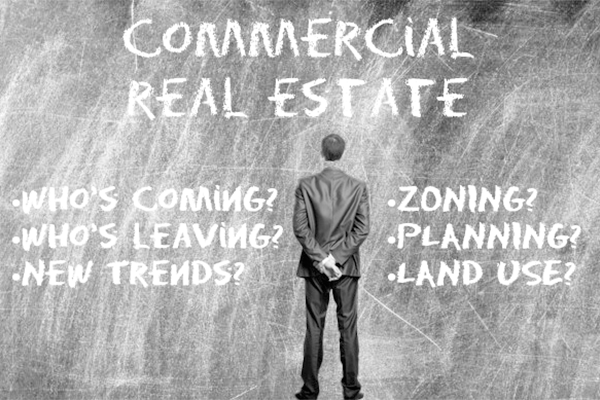|
RCBJ-Audible (Listen For Free)
|
Thinking Outside The Big Box – What’s Trending In Warehousing
By: Paul Adler, Esq.
Over the last ten years, as more and more people are making purchases online, the world has seen a dramatic increase in goods needing to get to places faster, more accurately, and in better condition.
Everyone in Rockland County wants products that not only arrive immediately, but expect little to no hassle in receiving the products.

That paradigm has put massive pressure on the growing warehouse industry to find new ways of sorting, packing, storing, and sending out goods that come into the warehouse in a more efficient way without any mistakes or issues arising. Innovation in the industry will be stunning over the next decade with new architecture, green building, and automation. But how will these supply chain modernizations affect quality of life for those living in the shadows of these big box buildings?
The most troublesome and costly part of delivering a package to a consumer is “the last mile,” so producers/distributors want to build closer and closer to the people they’re delivering to. As new warehouses are being built and older ones retrofitted for new challenges, hi-cubed spaces, modern design column spacing, and building materials are sought after that promote sustainability.
It’s possible that warehouses won’t even be “in buildings.” Amazon has filed patents for some wild new warehouse designs, including in blimps, underwater, and underground facilities. We’ll see about that.
Now that Millennials, Gen Zs, and woke Boomers are in decision-making positions and their influence shapes policy, it’s likely the demand for green logistics will continue to grow. As far as warehouses themselves, this is already being seen in energy-efficient systems, from solar panels to LED lighting, green materials to skylights allowing for natural light, cool-roof systems, and more. This will also include further advancements in sourcing from eco-friendly partners, reusing and recycling packaging materials, lowering transportation-related energy consumption, and more.
Keep an eye on automation, as it will be the go-to for mitigating current labor-intensive components of the last-mile link in the delivery of goods to consumers.
But I still have some questions?
How will our local planning, zoning, village and town boards handle this latest “sustainable” market trend? How big can the box become? Where does the box belong? What are the effects of increased trucking on state and local highways and streets?
The trucking industry is hinting at electric fleets, but right now; stinky diesel rules the road. What happens when this phase of warehousing becomes passé in 20 years or sooner? Will planners look at what happens next with these massive structures? Where else does warehousing belong, and not belong in your village or town?
As I said, there are a lot of questions.
Local zoning and planning officials along with town councils and state legislators need to work together to update the laws, ordinances, and zoning regulations to catch up to the pervasive and disruptive land uses that we are facing today. This kind of collaborative approach would give conscientious planners the tools to properly manage this growth and afford the citizenry some relief.
Warehouse, distribution, fulfillment, and trucking facilities should be better defined in municipal ordinances, and they should only be located close to major roadways and away from residential districts. Many obtrusive “warehouses” in the region are likely acting as fulfillment centers, distribution centers or trucking terminals. But our laws, ordinances and local zoning rules have not caught up to their true impact on our quality of life.
As a home-rule state, NYS largely gives local governments the final say over land-use decisions, but decisions made at the local level can affect their surrounding area, as seen in Rockland County.
Rockland is too small to ignore the decisions of a village or town anywhere in the county because we occupy the smallest geographical county in the state, and these siting choices are amplified many times over by virtue our size and geography.
Paul Adler is Chief Strategy Officer of Rand Commercial. paul.adler@randcommercial.com









